Self-sufficiency
8 tips for more independence in everyday life
© StockMediaSeller / Shutterstock
A house in the country, a few chickens and a cow and fields with grain – that’s how idyllic you imagine self-sufficiency, isn’t it?! But self-sufficiency is also possible in everyday life. 8 tips on how to succeed.
What is self sufficiency?
Self-sufficiency is about to be independent, from supermarkets, large manufacturing companies and the like, and to be able to provide for oneself in material terms – from food to clothing to housing. Not just a consumer, but a producer.
However, self-sufficiency today does not have to mean doing everything from A to Z yourself. For many, food supply is an important point in self-sufficiency, even if electricity is not self-produced or the house was not built.
Now, not everyone owns a home outside of town or a lot big enough to keep livestock. It doesn’t have to! Self-sufficiency is also possible in the smaller and above all in everyday life. We introduce you to 8 ways.
Self-sufficiency: 8 tips for everyday life
1. Grow vegetables © vaivirga / Shutterstock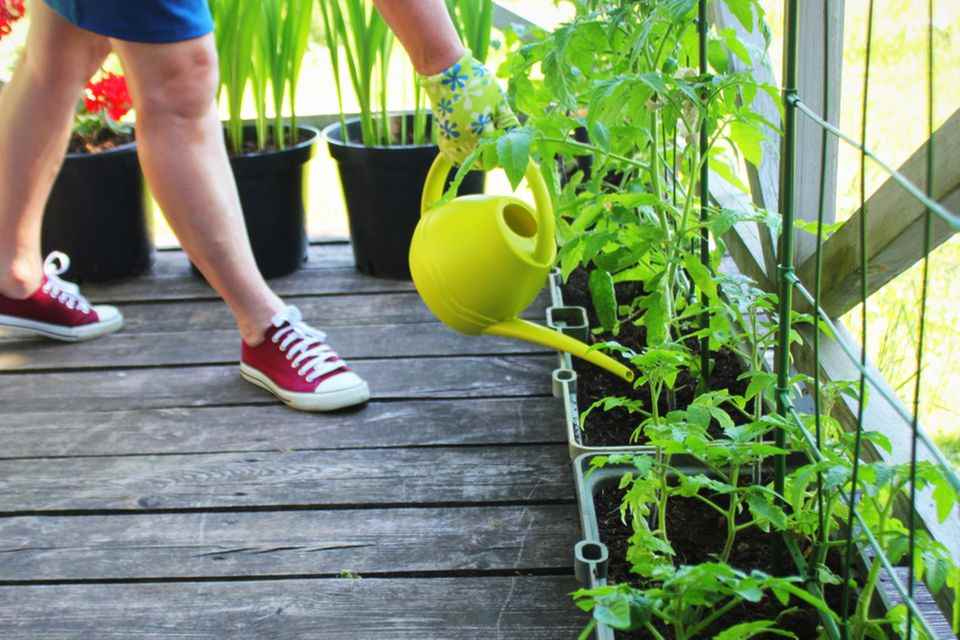
Growing your own vegetables doesn’t have to remain a dream just because you live in an apartment as a city plant. A (small) balcony or terrace is very helpful, but planting herbs on the windowsill, for example, is also possible! You can use these vegetables B. drag on the balcony:
2. Make products yourself
You don’t need your own grain fields or a dairy cow to be a little more independent. Many foods can be made at home from a few basic ingredients, without questionable additives from the industry:
How to make yeast yourself:
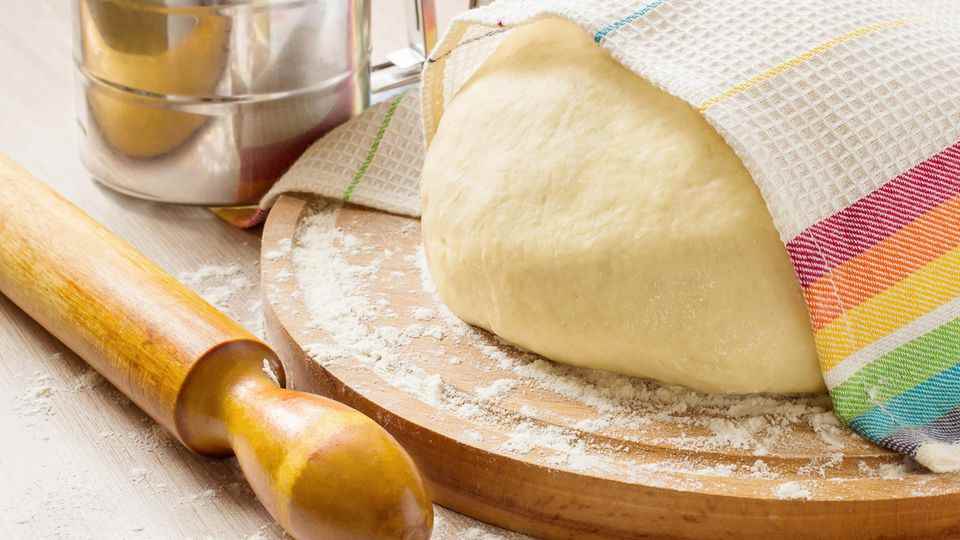
3. Preserve
Too much food bought or from your own cultivation cannot always be consumed immediately. Instead of leaving them to their fate, there are ways and means to preserve them and thus fall back on them if necessary. 4 ways to preserve food:
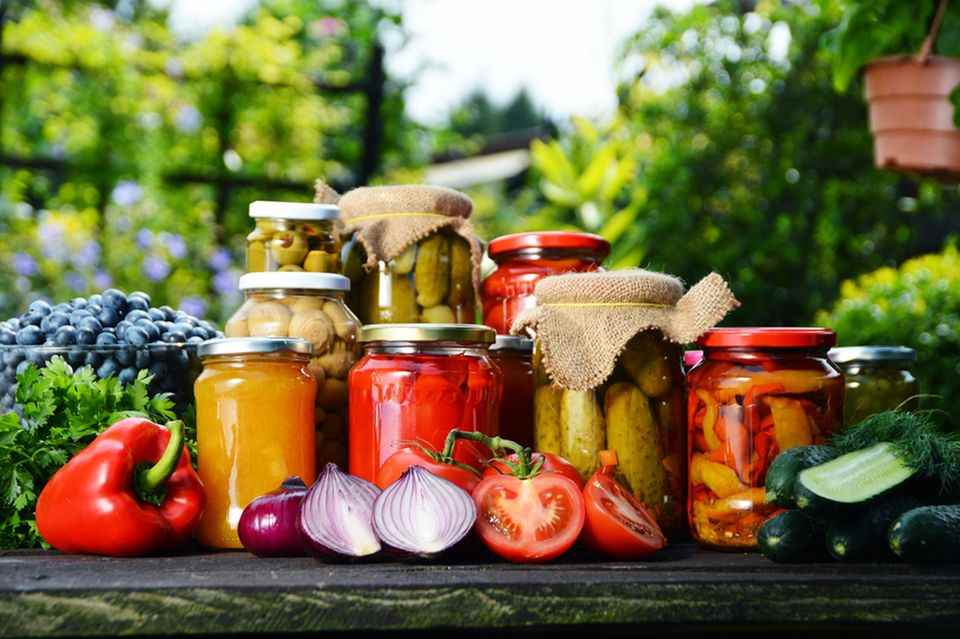
© monticello / Shutterstock
4. DIY cosmetics
If you make your cosmetics yourself, you are no longer dependent on which shop has your favorite lotion in stock – you simply make it yourself! And many basic ingredients can be used for various DIY cosmetics and care products, here you can find inspiration:
5. Make household items yourself
What applies to cosmetics and food also applies to everyday objects and consumables:
6. Repair instead of buying new
Also a kind of self-sufficiency: repairing things instead of buying something new right away. Conserves resources and saves money! Those who are not skilled in their own hands will find one in many larger cities Repair cafes or neighborhood help. Alternatively, for example, tutorials on video platforms can help with some handicraft problems.
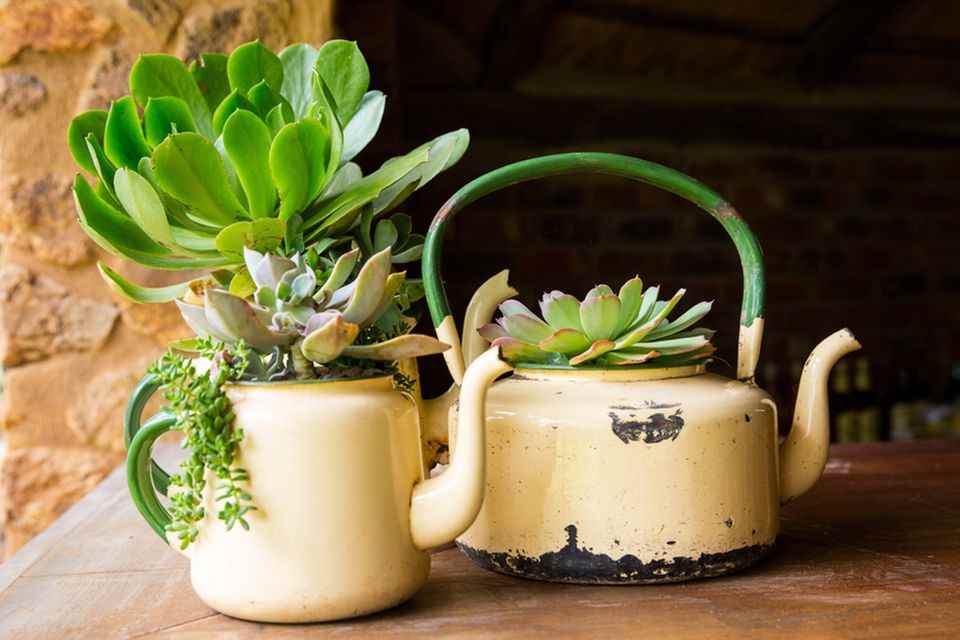
© dave_liza / Shutterstock
With upcycling you give old things a new life by misusing them and simply using them for something else! Sometimes it’s enough if it looks good and gives us a nice feeling of living, like an old tea kettle as a flower pot.
7. Sew/knit clothes
Not only repairing clothes is worthwhile, knitting or sewing yourself also has advantages. You knit or sew your own pieces according to your taste, regardless of current fashion trends and adapt everything to your figure so that it fits like a glove! Tips:
8. Sharing instead of owning
Some things we don’t really need to own. How many people have a car in the garage or in the (chargeable) parking lot and use it at most for the weekly shop? You not only pay for the purchase of the car, but also for taxes, maintenance and repairs. Car sharing, city bikes or swap shops are ways to share things with others – and possibly save money (and space) yourself.
Advanced self-sufficiency
If that is not enough or if you are already doing all this, you can of course increase the level of self-sufficiency:
worm box
Composting in the apartment, yes, that works! With a worm box you only have a small financial and time investment at the beginning, but afterwards you can easily get rid of your kitchen waste and get free fertilizer in return!
self catering garden
If you have a garden, growing fruits and vegetables there is a good way to provide yourself with food on a larger scale. The advantages: You know where it comes from, what the plants have been treated with – and above all, homemade always tastes better! However, before you grow your favorite fruit like crazy, you should create a plan or planting plan in advance. Pay attention to the following aspects:
- How many square meters do you have available?
- How much of which vegetables/fruit do you or she consume?
- Which of these would be worth growing yourself?
- Consider the natural conditions, such as the existing climate or the soil
- Pay attention to the crop rotation
Reading tip: With permaculture in the garden, long-term and sustainable cultivation is possible.
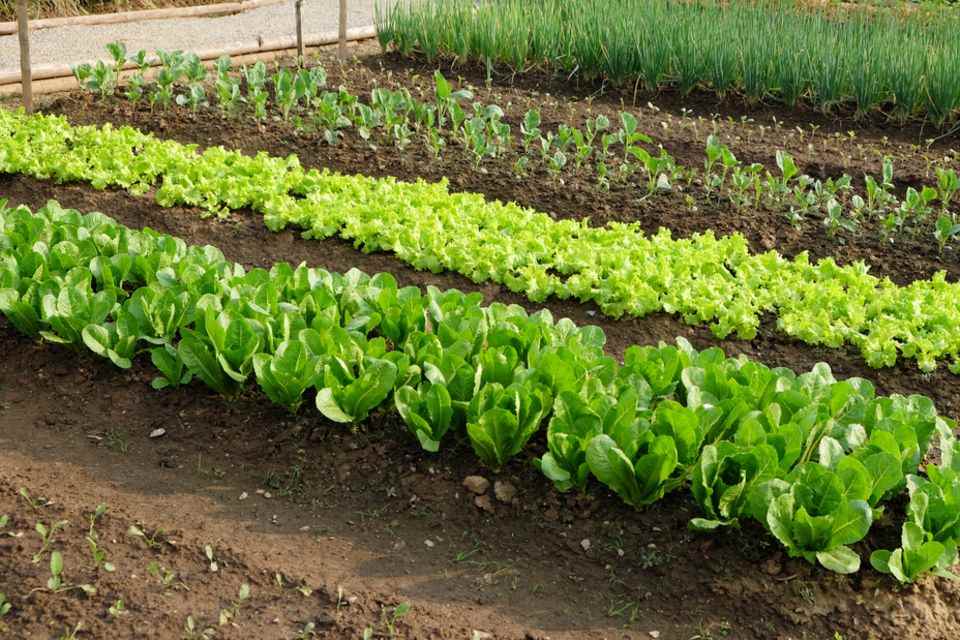
© WindAwake / Shutterstock
keeping chickens
Always fresh eggs in the house? With your own chickens in the garden, that’s no problem! Important for this is enough space, a separate area just for the little animals, and a chicken coop (check the local building law beforehand …). Chickens are considered small animals, so reasonable limits are allowed in residential areas – of course one is species-appropriate attitude Duty. And the neighbors must not be bothered by it, which could possibly end up in court. You can find out what else you should know in our tips for beginners: Keeping chickens.
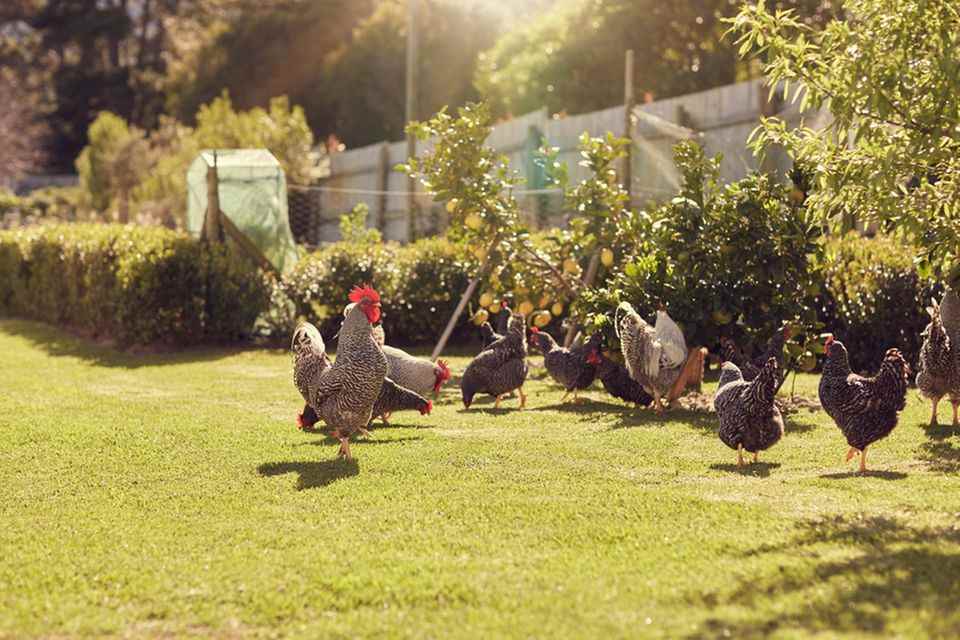
© mavo / Shutterstock
Avoid these mistakes as a self-caterer
- Do not underestimate the initial effort, e.g. B. when keeping chickens or planning and creating the garden.
- Hardly anyone falls from the sky as a master, don’t put yourself under so much pressure, a lot of knowledge comes with time!
- Calculate beforehand how many vegetables you can/want to eat.
- Don’t plant too many different types of vegetables and fruits, focus on a few types at first.

